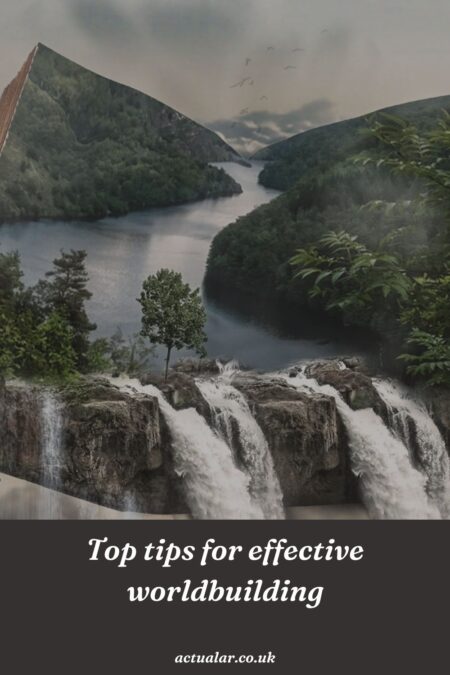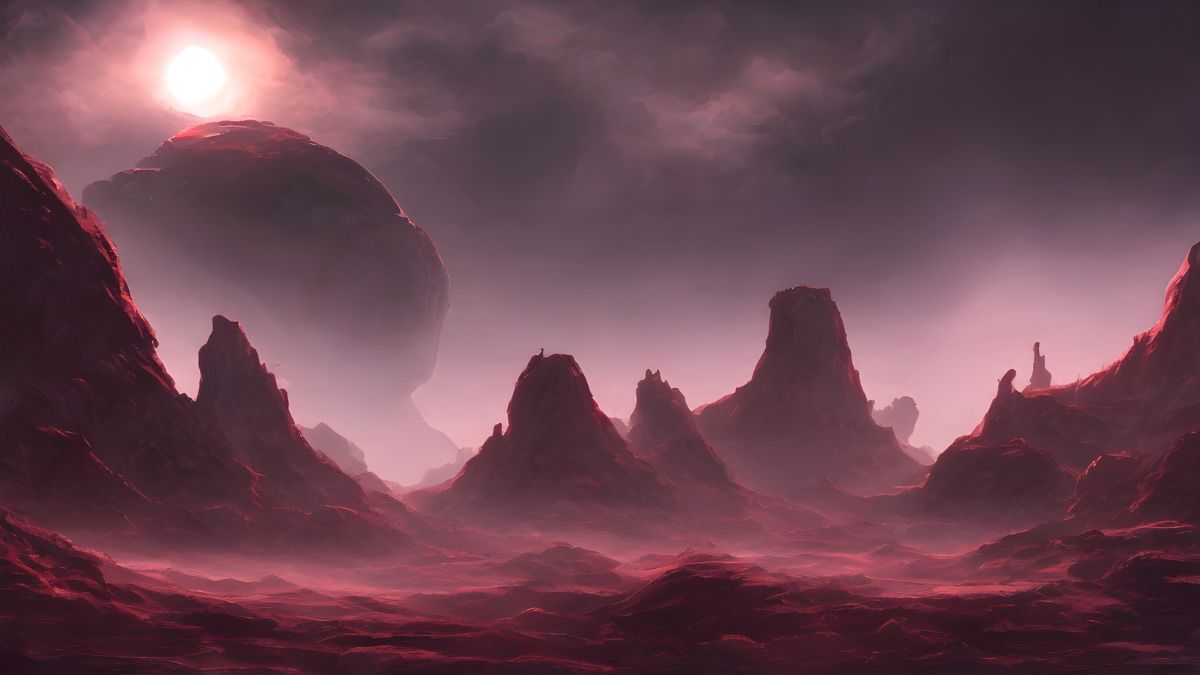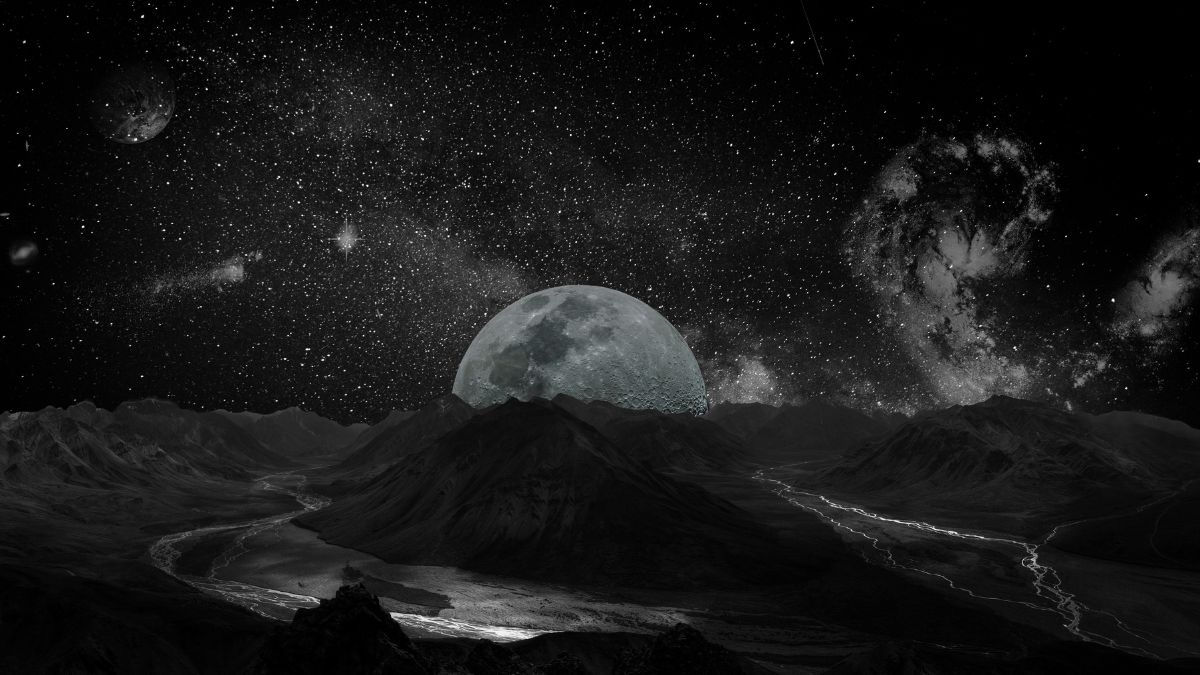Worldbuilding is vital for your creative writing project. Regardless of the medium you’re working in, it’s always useful to spend time developing a thematically cohesive world for your story. This post explores the second part of my worldbuilding tips for creative writing. If you haven’t already, check out part one here.
Once you’ve established a basic premise for your world, you’ll need to give it further depth and complexity. For that, you should consider its history, social and economic climate, politics and people. These things might not crop up directly in the story you’re planning to tell, but they have an undeniable impact on the stakes and wider context of your narrative.
Organising this part of your worldbuilding is fundamental. If you haven’t already, you might want to create a Trello board, some Google Sheets or a Miro board to help you stay focused.
Worldbuilding tips for creative and narrative writing
After ironing out the fundamental concepts for your world’s setting, geography and general conventions, you’ll want to drill down even further. You need to design an environment in which your characters and story can fully come to life. To do that, it’s vital to dig deeper into the history, people and politics of your world setting.
To make certain aspects of your narrative make sense and have an impact, constructing these additional premises is key. While it can appear like a real challenge, if you’ve made a bit of headway with your initial worldbuilding, this part won’t be as overwhelming.
These aspects of worldbuilding should come next on your project’s to-do list.
Develop social and political structures
How is your world governed at the moment of your story? It’s helpful to plan out the politics of your world setting, as this can inform the tone and even some plot points of your narrative. You can go into as much or as little detail as you like on this. However, you might find that in defining some political and social friction points, you discover some interesting storytelling nuggets to explore later.
There are some fun things to think about when it comes to developing social and political structures. How exactly does your world operate? Perhaps there’s a system of monarchy or theocracy in place. Maybe your world has different governmental structures in different provinces or nations. Are your world’s inhabitants thriving under democracy? Or are they subjugated under a vicious dictatorship?
Another interesting aspect to explore here is your world’s religions and philosophies. How do they influence the population, if at all?
Also, consider the social and political leanings of the everyday people in your world. How do they feel about the laws of the land? Who makes those laws, and are they fair? Are there systems in place to prevent corruption, or is your world a free-for-all when it comes to rules? Ensure you factor in things like class systems, poverty and wealth distribution.
Exploring systems of power in your setting can lead to some eye-opening narrative issues. So, don’t be afraid to dig deep and pack your political landscape with plenty of controversy and conflict.
Create a timeline for your world

I find this bit to be the most enjoyable. However, it’s entirely up to you how detailed you want to get with your world’s history. It is an important part of worldbuilding though!
Creating a timeline for your world can help you fill in lots of contextual blanks you might have with your story idea. It’ll also give you a fuller flavour of how your world came to be, as well as the state of things when your narrative begins.
Planning a timeline will help you inform wider events, as well as shape events that are due to happen during your story. To get started, you can work with simple bullet points and plan out the major events first. I like to do this visually, exploring relevant imagery that can help me generate ideas for major global moments to work around.
After that, start filling in some of the blanks in between the main events you listed. Again, you can dive into this deeply or just keep it surface-level if you prefer. Taking the time to flesh out those significant cultural and historical events in your world’s history is useful though. Think of it as giving a story to your world, which in turn, helps you create your own story within it.
Plan your world’s population
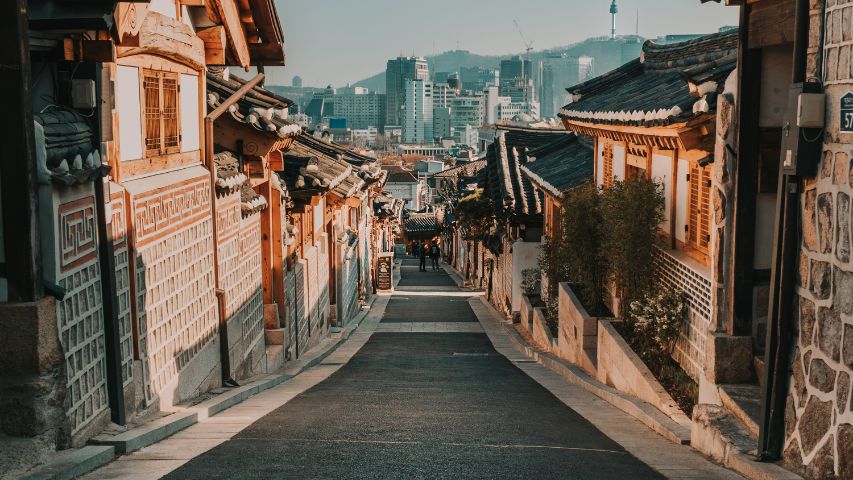
One of the most important features of your worldbuilding plan should be the population that inhabits it. When thinking about this, look at your world’s geography, history and political structures. These pre-determined concepts can help you firm up ideas for the kinds of people you want to include in your story.
Think about the kinds of people and creatures you want to fill your world with. Consider how much humanity you want to imbue them with. Regardless of their specific race or design, you’ll want to give your world’s characters human qualities that people can relate to.
Even if they’re mystical monsters or super-advanced aliens, it’s like the old saying goes – people buy people. As discussed in some of my posts on developing characters, you’ll want to make sure the people who live in your story’s world are more than just background filler.
Look to other sources of inspiration if you’re finding it hard to create new races, monsters, creatures or cultures. Once you’ve got an idea of the different types of inhabitants you want in your world, explore their statuses and histories. How educated are they? Do they have equal access to opportunities? What are their pain points in life? How do these groups of inhabitants interact with and feel about one another?
Don’t be afraid to examine potential societal and cultural difficulties that your population might have with one another. Keep yourself informed and seek advice on issues that you don’t have the lived experience to understand. However, it’s important to make your world believable and authentic. For that, you need to consider real-world issues and how they might translate into your fictional world too.
Additional worldbuilding tips for creative writing
Some other points to consider and helpful worldbuilding tips for creative writing are as follows.
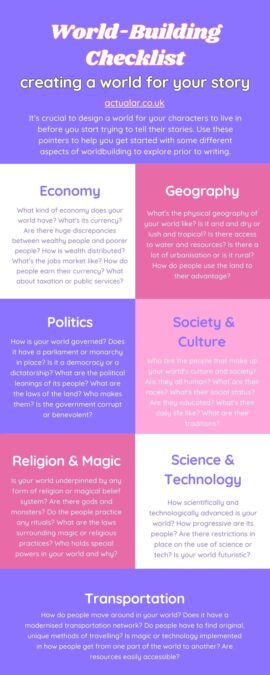
- Your world’s economy – how is wealth distributed in your world? What about currencies and work? How do people earn currency and what is the job market like?
- Transportation systems – does your world feature highly advanced transportation networks? Or are things a bit more rudimentary? How do people get around?
- Scientific advancement – are there any restrictions or viewpoints on science and technology in your world? How progressive is your world when it comes to technology?
- Magical practices – does your world have a system of magic or mystical power? How is that organised and moderated? Are there rules in place to govern the use of magic?
- Crime and punishment – Is there an established legal system in place? What does that look like?
There are lots of other considerations to explore when you’re developing a new world for your story. By starting with some of the points mentioned in this post and my other posts on worldbuilding, you’ll have a solid foundation for your narrative setting.
Ultimately, it’s your world to create, so have fun with it! Just be sure to give it the time and effort it needs to produce a well-developed and authentic premise for your story’s characters and events.
If you’ve enjoyed this post on worldbuilding tips or found it helpful, please give it a share or a pin on Pinterest. Make sure you also check out this quickstart checklist for worldbuilding, as well as this post and free template on effective character design.
